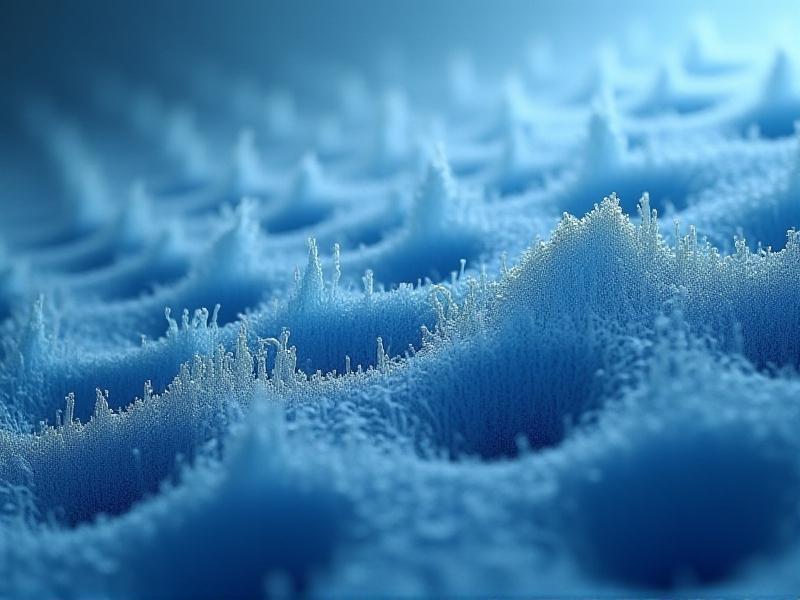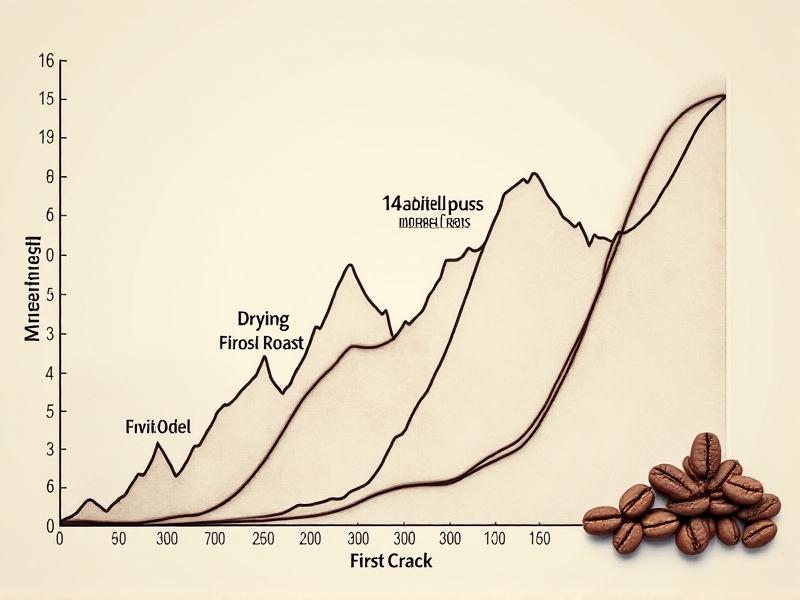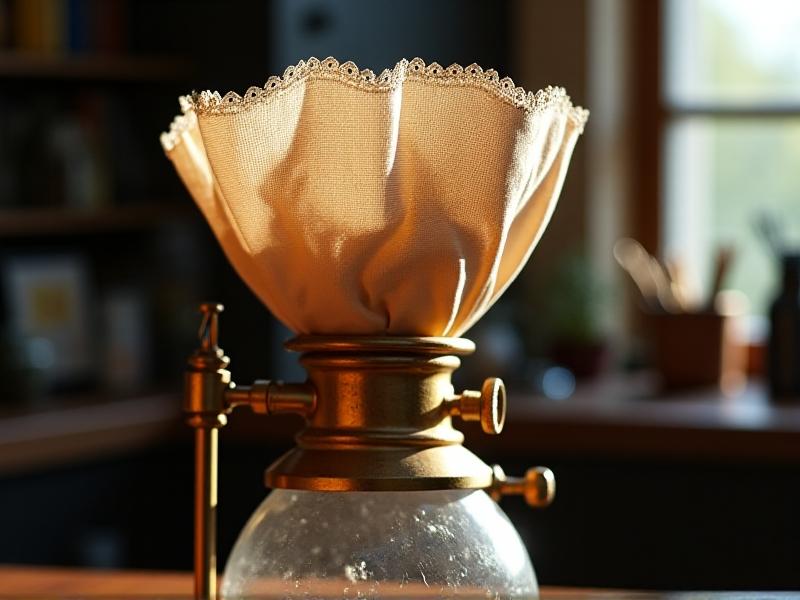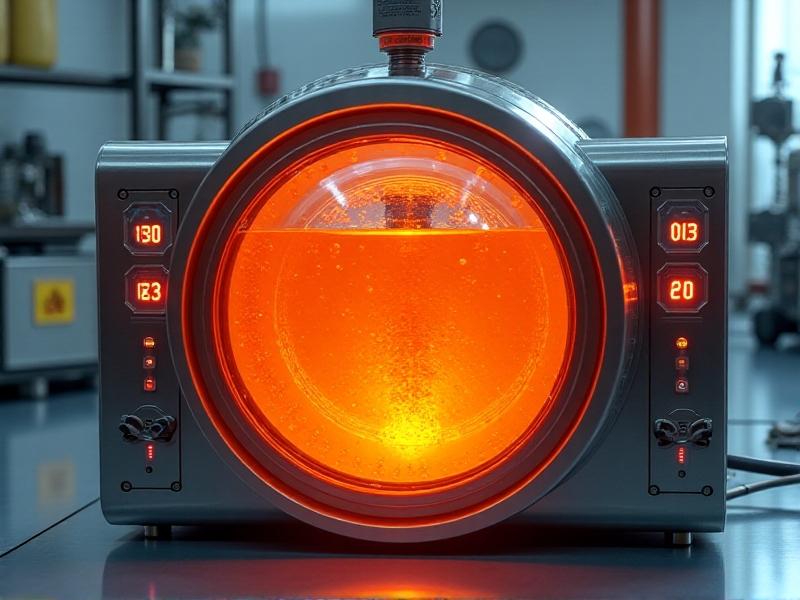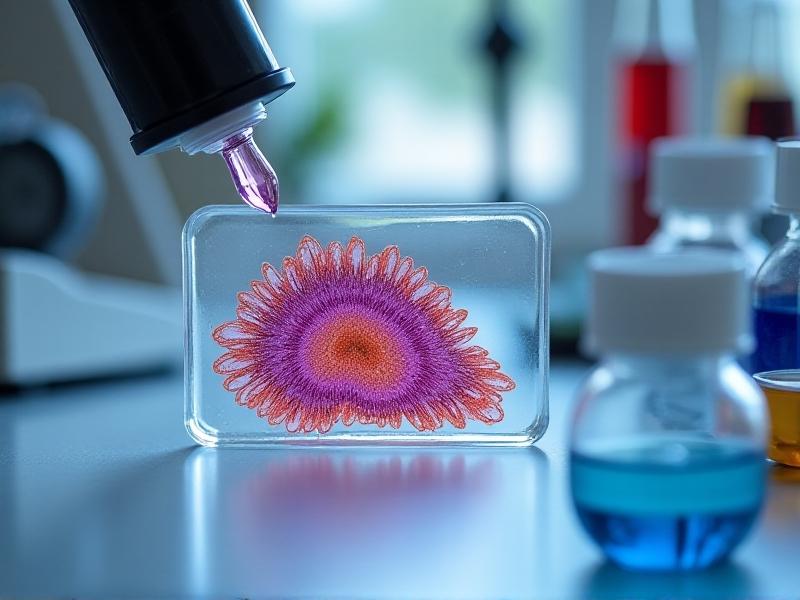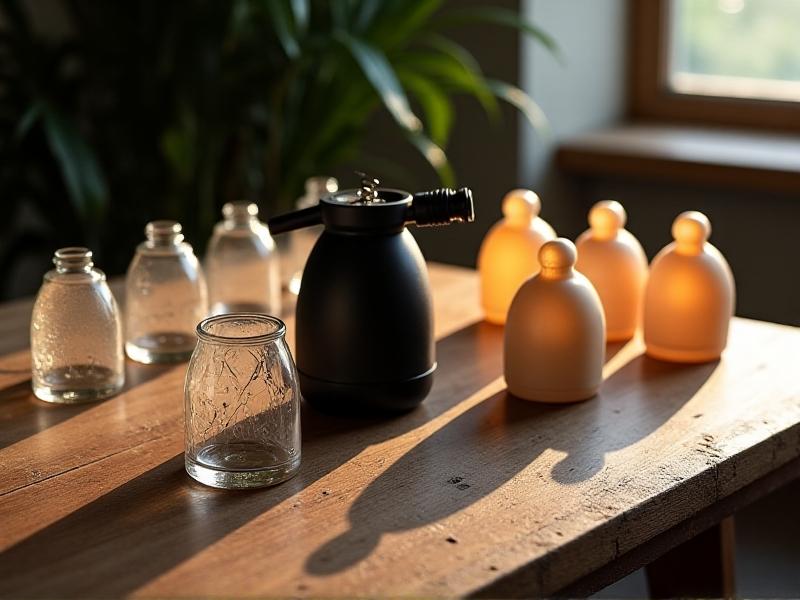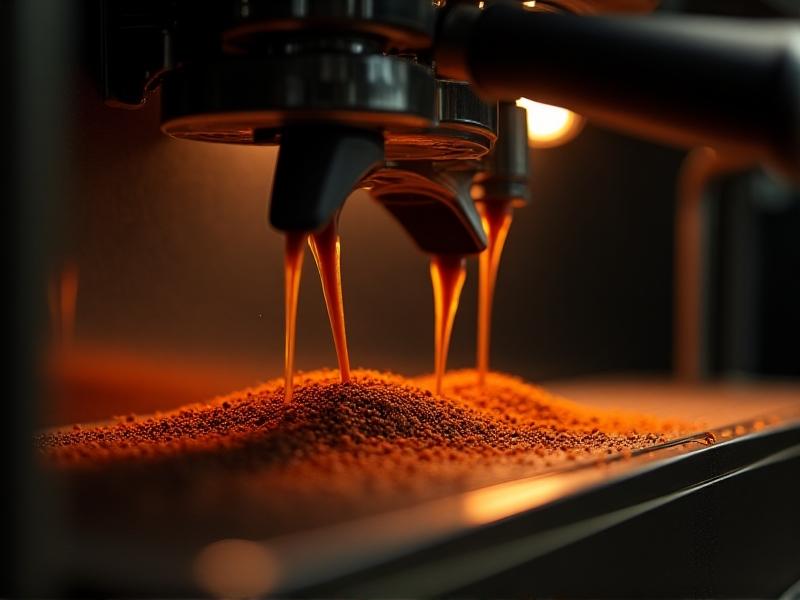Steam Wand Tip Maintenance Routines
Why Steam Wand Tip Maintenance Matters
Neglecting steam wand maintenance is like ignoring a ticking time bomb in your espresso setup. Milk proteins, fats, and minerals from water quickly accumulate inside the wand’s tiny holes, leading to clogs, uneven steam pressure, and off-flavors in your lattes. Over time, this build-up becomes a breeding ground for bacteria, compromising hygiene and machine longevity. A well-maintained steam wand ensures consistent microfoam, faster heating, and a smoother workflow—whether you’re a home barista or managing a busy café.
The Anatomy of a Steam Wand Tip: Components and Function
Understanding your steam wand’s design demystifies maintenance. The tip—typically made of stainless steel—features multiple perforations (usually 1-4 holes) that atomize steam into fine jets. Behind the tip, a threaded connector attaches to the wand’s body, which houses the steam valve. Milk particles often lodge in the narrow channels between holes, while limescale from hard water coats internal surfaces. Knowing these components helps you target trouble spots during cleaning.
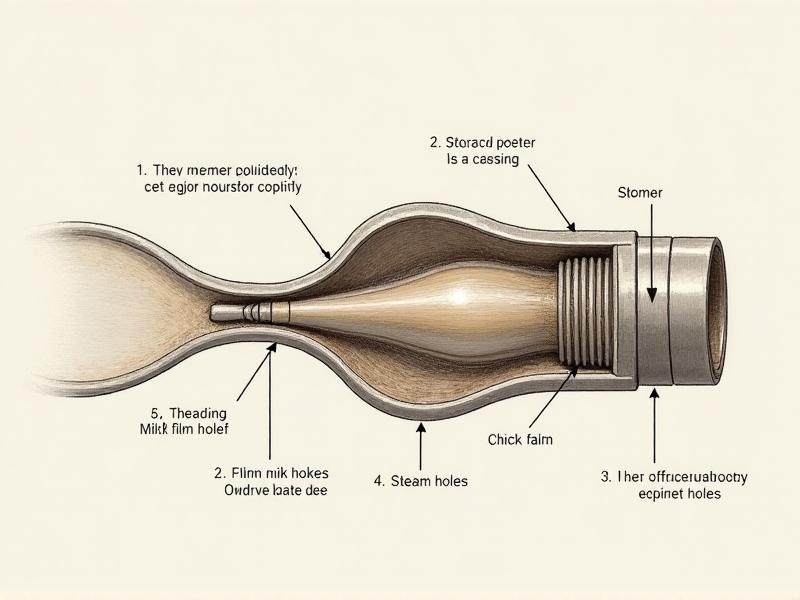
Essential Tools for Effective Steam Wand Maintenance
Arm yourself with the right arsenal: a stiff nylon brush for scrubbing holes, microfiber cloths for wiping, a pin or paperclip for emergency unclogging, and food-safe descaler for deep cleans. Café owners should invest in a dedicated steam wand cleaner attachment that forces hot water through the tip. Store tools in a designated kit—no more rummaging through drawers mid-service rush.
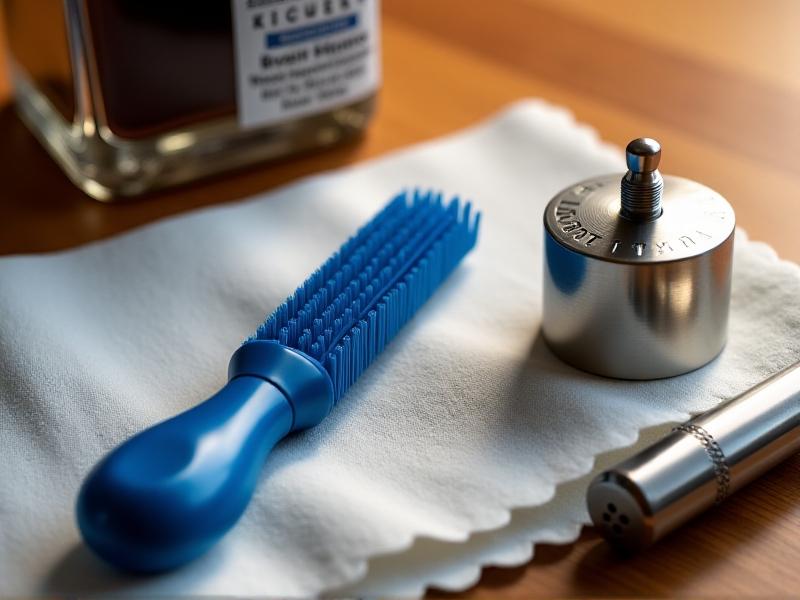
Daily Cleaning Routines for Baristas
After steaming milk, purge the wand for 3-5 seconds to eject residual milk. Wipe the tip immediately with a damp cloth while residue is still liquid—dried milk sets like cement. For heavy use, dunk the tip in hot water and scrub with a brush. Pro tip: Assign a “wand wiping station” near your espresso machine with a water-filled container for quick dips.

Weekly Deep Cleaning: Removing Stubborn Milk Residue
Soak the detached tip in a mix of hot water and espresso machine cleaner overnight. Use a pipe cleaner to scour internal channels. For calcium deposits, soak in diluted citric acid (1:4 ratio with water) for 30 minutes—don’t exceed this time, as acidity can damage metal. Rinse thoroughly before reattaching.
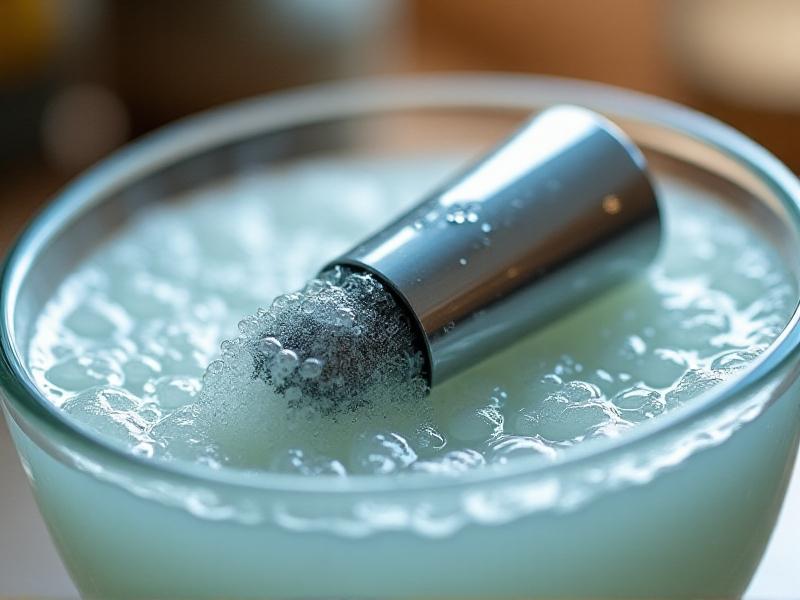
Troubleshooting Common Issues: Clogs and Poor Steam Pressure
If steam sputters unevenly, poke holes gently with a sterilized needle. Persistent low pressure? Check for scale in the wand’s body using a vinegar soak. Strange noises often indicate air trapped in the system—bleed the valve by opening it briefly without milk. When all else fails, consult your machine’s manual for pressure valve adjustments.
The Impact of Water Hardness on Steam Wand Longevity
Hard water (>150 ppm minerals) is a steam wand’s nemesis. Magnesium and calcium carbonate form insulating scale inside pipes, reducing heat transfer and requiring higher boiler temperatures. Install an inline water filter or use Third Wave Water’s mineral-adjusted packets. Test water monthly with strips—it’s cheaper than replacing a calcified wand.
Recognizing When to Replace Your Steam Wand Tip
Pitted or corroded holes distort steam flow, making velvety microfoam impossible. If cleaning fails to restore pressure after three attempts, or threads strip during reattachment, order a replacement. Keep spare tips—they’re affordable ($15-$40) compared to full wand replacements ($200+). Match hole count to your machine’s specs.
Professional Maintenance Tips from Expert Baristas
Portland’s Five Stars Coffee rotates four steam tips weekly, soaking used ones in Urnex Rinza. “Replace O-rings annually,” advises head barista Mia Tan. “A leaking wand wastes energy and scaldsa.
DIY Hacks for Keeping Your Steam Wand Pristine
No descaler? Use denture tablets—their effervescence loosens mild buildup. Prevent overnight residue by attaching an empty milk pitcher to the wand and blasting steam before closing. For burnt-on milk, make a paste with baking soda and scrub with an old toothbrush. Remember: these are temporary fixes, not replacements for proper care.
